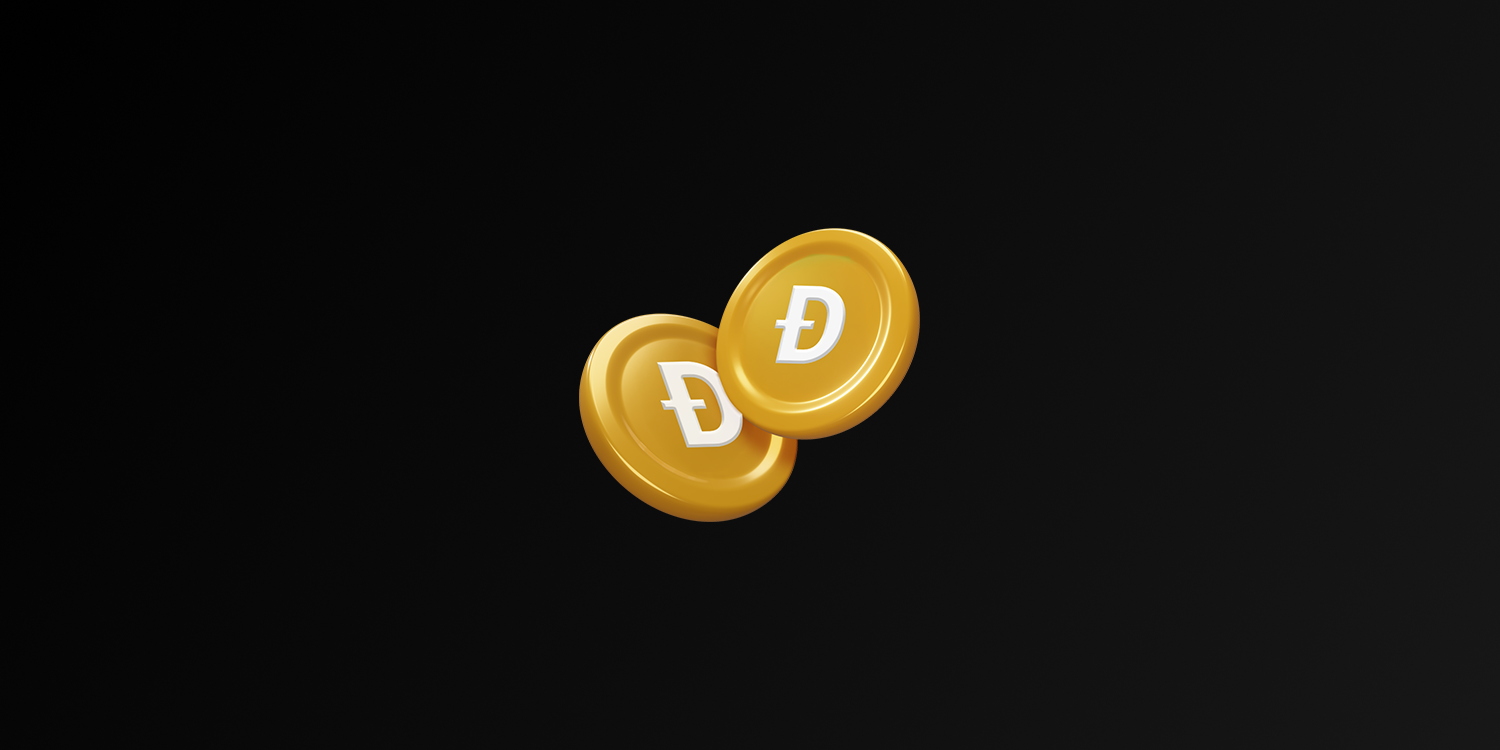Introduction
| Attribute | Details |
| Founder | Anatoly Yakovenko |
| Year Established | 2020 |
| Category | Web3 |
| Description | Solana is a high-performance blockchain platform known for its fast transaction speeds and low costs. It combines Proof of History (PoH) and Proof of Stake (PoS) mechanisms. |
Solana was developed by Solana Labs, founded in 2017 in the United States by Anatoly Yakovenko and Raj Gokal. Solana is an open source and decentralized blockchain platform that is open to the public. It is provided by a combination of proof-of-stake (PoS) and proof-of-history (PoH). Its native cryptocurrency is SOL. It was launched in 2020 by Solana Labs.
The Solana blockchain has always been on the path of improving its utility and functionality. Solana, which became a blockchain through its whitepaper published in 2018 and initially launched on Mainnet Beta in 2020, can process up to 50,000 transactions per second.
How Does Solana Works?
Solana’s biggest goal in the chain is to be fast and efficient. To increase its speed, It uses a unique method to increase its speed and finalize transactions. Users can pay transaction fees or redeem them at the same time by creating contracts with SOL, the network’s native cryptocurrency.
Solana uses a network based on Delegated-Proof-of-Stake (DpoS) consensus software. This differs from PoS networks in some ways. The process democratically votes and elects the delegates who will validate the progress and the next block. The difference in DpoS from PoS networks is speed.
Another feature is the reward mechanism. As transactions are validated and added to blocks, they earn rewards within the network. Validators receive this reward. Validators have the authority to approve transactions. Non-validators can earn some rewards, provided they transfer their assets to validators.
- Agreement Mechanism
Solana uses a hybrid approach: Proof-of-History (PoH) & Proof-of-Stake (PoS). Solana’s Proof of Stake-based agreement is called Tower Byzantine Fault Tolerance (Tower BFT). Blocks rely on energy-intensive mining to be verified.
- Evidence of History
It uses a clock to verify the time of each transaction on the chain, making the data hard to understand and encrypted. It uses special methods to ensure a unique result. The nodes rely on the date and sequence of received messages, so they create new blocks without always having to refer to the network. This allows Solana to achieve unprecedented speeds for blockchains, reducing overhead.
- Tower BFT
It uses the synchronized clock allowed by PoH to reach consensus on network transactions. As they continue voting on the same fork, their fix time increases until they reach a maximum of 32 votes for the same fork. When nodes reach this maximum vote fixation, they earn inflation incentives. This adds another layer of security to the network, preventing nodes from acting as bad actors.
Solana Technological Structure
Blockchain in general has increased as people gravitate towards a decentralized technological era. One of these is Solana. Let’s look at the basic technological structure of Solana.
Scaling
Scalability is of paramount importance for a blockchain. It is very difficult to meet increasing user demand without sacrificing speed or decentralization. Solana facilitates this with a few features. One of them is the Sea Level protocol. This off-chain protocol processes simple payments and low-value transactions, removing them from the main blockchain and accelerating overall network throughput. Another protocol, the turbine protocol, simplifies data transmission to individual blockchain nodes. It does this by splitting the on-chain data into smaller chunks, which allows Solana to solve bandwidth issues and also increases its overall capacity to process transactions faster. Cloudbreak is a feature that further increases processing capacity by dividing the network into smaller, parallel chains, allowing for faster processing. All these combined solutions allow Solana to scale horizontally, meaning its capacity can increase as demand grows, unlike vertically scaling blockchains that eventually reach their performance limit.
Processing Speed
Accelerating the Network Solana’s lightning-fast processing speeds are its defining characteristic. But how does it achieve this extraordinary performance?
Gulf Stream
This pushes transactions in a queue to the edge of the network, allowing validators to forward transactions to the expected leader before them.
Pipeline Architecture
Transactions are processed in parallel, similar to an assembly line, rather than sequentially as in other Blockchains. This significantly reduces transaction time and enables higher throughput.
Clean State Design: This design eliminates the need to store historical data on every node, significantly reducing blockchain bloat and enabling faster transaction verification.
In addition to all these features, the Solana Virtual Machine (SVM) uses Rust for improved speed and data security to create smart contracts that can handle computational tasks.
Solana Programmatic Runtime (Seu)
This runtime environment executes smart contracts written in Rust, a high-performance, memory-safe language. Rust’s features enable very fast and more secure contracts.
Parallelization: Smart contracts can be executed in parallel, which further increases speed and efficiency. This is a crucial feature for complex applications that require highly efficient transactions, such as decentralized exchanges and gaming platforms.
Account Model
Instead of storing data within the smart contract itself, it uses an account-based model.
Anchor: This simplifies smart contract development by providing pre-built development tools, making it easier and faster for developers to build sophisticated applications on Solana.
Where is Solana used?
The SOL token is a cryptocurrency minted for the Solana blockchain network and has several uses. The SOL token is used as a means of payment for transactions on the network and is also used to reward validator nodes on the chain.
Transaction Fees
The combined PoH and PoS approach achieves impressive results. Solana has transaction speeds in excess of 50,000 transactions per second. This speed and efficiency opens doors for real-world applications such as commerce and micropayments. At the same time, SOL is used as a means of payment for transactions on the Solana network. The SOL token is paid in transaction fees and increases transaction speed, enabling low-cost transactions.
Staking
Users who wish to work as a validator node on the Solana network can be selected as a validator by staking SOL tokens. Users selected as validator nodes help validate new blocks on the blockchain and are rewarded with SOL tokens.
DeFi
The SOL token is also used in DeFi (Decentralized Finance) protocols on the Solana network. DeFi protocols can also be used in different DeFi applications by accepting payments with the SOL token.
Overall, Solana’s vision for the future seems to increase the range of uses. Solana’s technical roadmap promises innovation and progress. Some of the key projects under development are:
Solana Mobile:
An initiative to extend Solana’s reach and accessibility by bringing its capabilities to mobile devices. Solana cell phones have recently sold out and there are plans for more production.
Wormhole
A cross-chain bridge that enables the seamless transfer of assets between Solana and other Blockchains such as Ethereum.
Solana Labs R&D
It emphasizes continuous research and development focused on pushing the boundaries of scalability, security and functionality.
Community
Solana has placed a lot of trust in its community since its inception, and the community has repaid that trust through the collective development of the network, solidifying its top 5 position among cryptocurrencies. More DAOs are being developed and incentives are offered to those who want to build on Solana.
Conclusion
Solana stands out as a groundbreaking blockchain platform that combines innovative technologies like Proof-of-History and Delegated Proof-of-Stake to achieve remarkable transaction speeds and scalability. Its diverse applications, from decentralized finance to mobile integration, highlight its potential to reshape various industries while fostering a robust community-driven ecosystem. As Solana continues to evolve and expand, it remains poised to play a pivotal role in the future of decentralized technologies.





